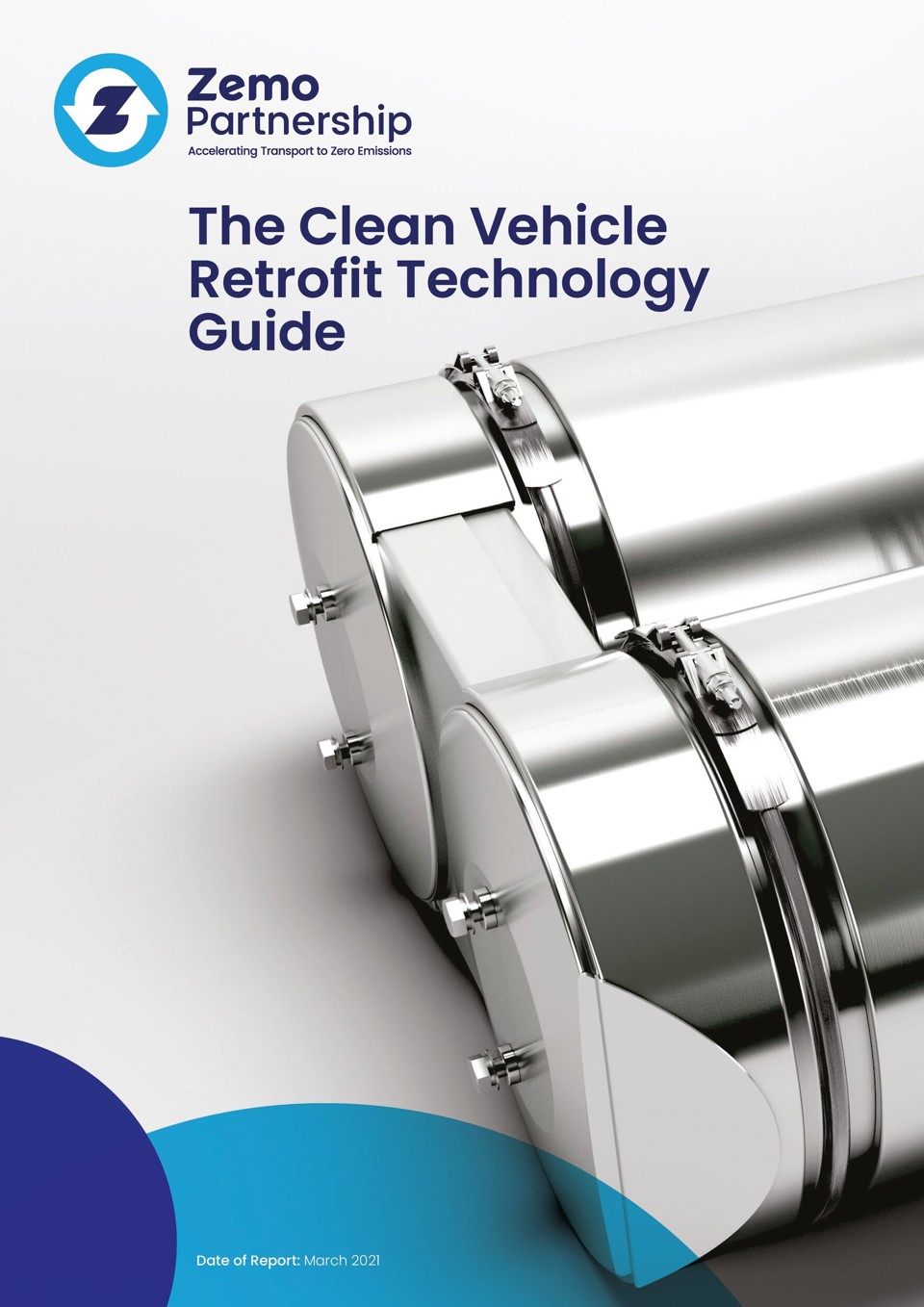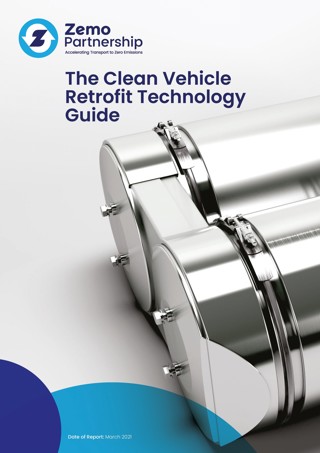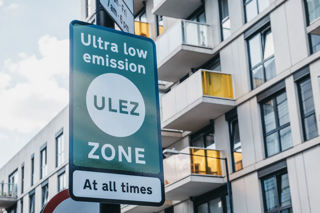The Zemo Partnership says that one way for operators of larger vehicles to meet the challenge of clean air zones (CAZs) is to adopt approved vehicle retrofit solutions.
London’s expanded ultra-low emission zone (ULEZ), which goes live today (Monday, October 25), is 18 times larger than the original central London ULEZ, which occupied the same area as the congestion charge zone.
The ULEZ, which will operate 24/7 (except Christmas Day), is estimated to affect 100,000 cars, 35,000 vans and 3,000 lorries.
The UK’s first CAZ began operating in Bath earlier this year (with Birmingham following in June) and new CAZs are to be introduced in Portsmouth (November 29), Bradford (Jan, 22, 2022) plus Oxford’s Zero Emission Zone pilot (February, 2022) followed by Bristol and Newcastle CAZs next summer.
In many of these areas there are funds and grants available to support operators wanting to upgrade or retrofit their vehicles to reduce emissions.
The Clean Vehicle Retrofit Accreditation Scheme (CVRAS), jointly operated by Energy Saving Trust and Zemo, identifies which CVRAS-approved companies and emission reduction systems suit vehicles best, based on make, model and engine type. It supports companies’ efforts to improve their fleets, and lists the only retrofit options available that comply with the regulations for the ULEZ in London, CAZs and Scotland’s Low Emission Zones, all of which use the same vehicle standard thresholds.
Zemo Partnership also recently published an updated Clean Vehicle Retrofit Technology Guide to highlight the role that the wide range of retrofit technologies can play in improving air quality by cleaning up the existing vehicle fleet.
The guide gives vehicle operators and local authorities an understanding of national air quality frameworks for reducing roadside NO2 concentrations, providing case studies with examples of a range of accredited retrofit technologies that achieve Euro VI-equivalent levels of emissions through the CVRAS.
Zemo Partnership’s project manager, Dan Hayes, said: “Retrofit solutions have been one of the key ’tools in the box‘ to help owners of existing vehicles meet the strengthening emissions requirements without completely replacing their fleet in one go.
“Twenty years ago the uptake of particulate traps was accelerated in this way and, today, NOx reduction technologies (mandated on all new vehicles) are now available to be retrofitted to a wide range of commercial vehicles. With funding support available in many local areas, retrofitting can be an attractive option for hard pressed operators to clean up emissions from existing vehicles.”
























Login to comment
Comments
No comments have been made yet.